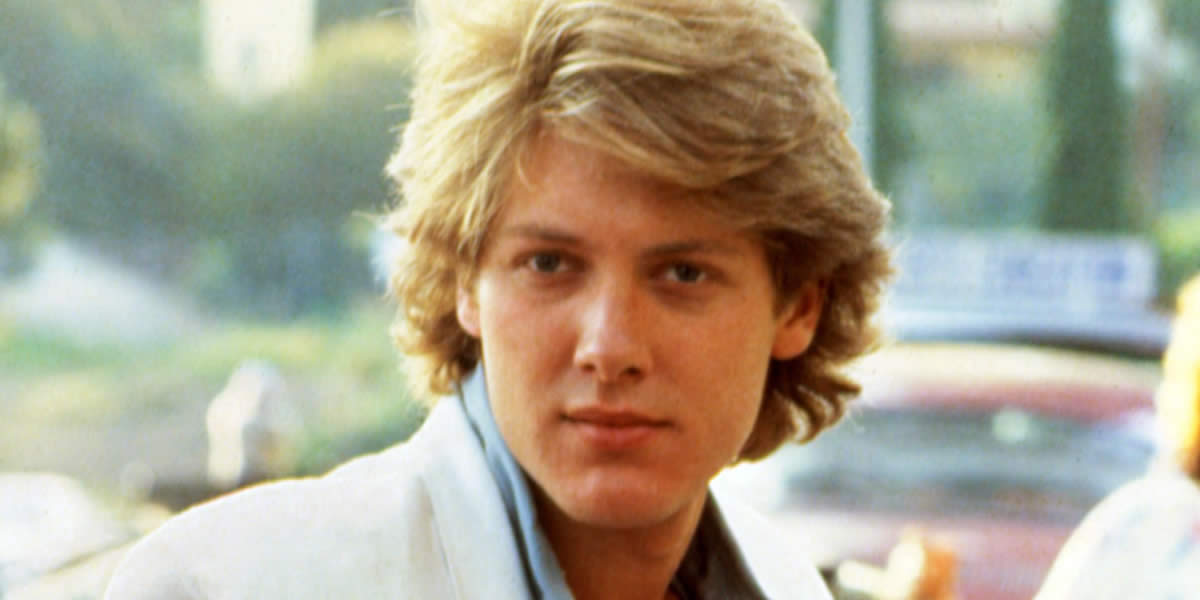Earrings for men was a radical transformation brought on by the culture of the 80s which sought to challenge the traditional norms of masculinity.
Although it had been common to see men wearing earrings since the 70s, its widespread popularity didn’t gain momentum until the mid-80s. The concept of wearing an earring was once considered to be very unconventional, or even rebellious. Yet, by 1986, earrings became a mainstay in the fashion industry. It reflected the cultural shifts of the era. And, this trend helped to redefine masculinity in the 80s.
The Social Shifts in the Culture of the 80s The 80s were full of cultural and social changes . There was a rise of individualism, consumerism, and of course experimentation and fashion. The entire decade was marked as a time of self-expression. People wanted to express themselves in unique and interesting ways, which was most evident in how they dressed or accessorized. Several factors actually contributed to this cultural shift which included the rise of punk rock, and the growing influence of the LGBT+ community. There was a pushback against the rigid gender norms of the previous decade, and men’s fashion became bolder, more daring, and incorporated elements that were previously considered to be feminine.
Earrings for men became a symbol of these broader cultural movements of the time. This shift towards a more expressive form of masculinity also aligns with the decade’s push towards freedom in personal style and taste. Celebrities, fashion icons, and musicians, also played a significant role in popularizing the trend. Moreover, with the rise of MTV and music videos , the popularity of earrings for men continued to explode. Earrings quickly became a symbol of coolness, rebellion, and a break from the traditional gender expectations of the era.
How the Culture of the 80s Promoted the Earrings for Men Trend Earrings for men became increasingly popular throughout the decade, thanks to the influence of rock and punk music , celebrity endorsements, and the role of gender fluidity.
The Influence of Rock and Punk Music on the Culture of the 80s Without question, one of the most significant influences in the culture of the 80s came from rock and punk musicians. Prominent musicians had been wearing earrings since the 70s, but it wasn’t as obvious until the launching of MTV and the availability of music videos. The masses began to see popular musicians like Billy Idol, David Bowie, and George Michael wearing earrings as an integral part of their non-conformist image. These musicians challenge the norms of male fashion, by pairing earrings with leather jackets and bold hairstyles.
But, the earring and punk culture was not just about fashion, but it was a statement of rebellion. Earrings were commonly made of unconventional materials such as safety pins, or knickknacks found around the house. This helped to convey an attitude of defiance against the social norms of the time. And, the trend quickly spread with everyday men adopting earrings as a way of expressing their individuality.
The Culture of the 80s Was All about Celebrity Endorsements Of course, we wouldn’t have earrings for men if it weren’t for celebrity endorsements. Prominent figures in entertainment also embraced earrings for men. This helped the trend to gain widespread acceptance. Mr. T became a household name, and Hollywood actors like Harrison Ford made earrings a staple accessory for men. With Harrison Ford, his choice to pierce his ears later in life symbolized how earrings could be both masculine and stylish. Mr. T, on the other hand, made earrings a part of his iconic, bold, and flamboyant look.
As a result, by 1986 earrings were no longer confined to the realms of punk rockers or rebellious youth. They had quickly become a fashion accessory worn by businessmen, athletes, and men from all walks of life. In fact, the first time I ever saw a kid with their left ear pierced , was in my elementary school back in 1987.
Gender Fluidity and Androgyny on the Culture of the 80s Another major shift in the culture of the 80s was the rise of androgynous fashions. Both men and women wanted to challenge the gender norms through clothing and accessories. Mainstream musicians like Boy George and Prince became gender-fluid icons. They were often seen wearing makeup, flamboyant clothing, and of course, earrings. The androgynous look had begun to blur the lines between what was considered traditionally male and female fashions. And, this played a critical role in making earrings for men a widely accepted accessory.
As more and more figures began to embrace both masculine and feminine fashion elements, they helped to create a space where both men and women could experiment with their appearance without fear of stigma. This led to the growing acceptance of gender fluidity in fashion . It also parallels the broader cultural conversations around identity and self-expression. In the mid-80s, earrings for men became more than just a trend, they represented a shift in how society viewed individual gender roles.
Who Drove the Earrings for Men Trend There were several key figures who were instrumental in bringing the trend of earrings for men into the mainstream. The most important of these figures were popular mainstream musicians like David Bowie, Prince, and George Michael. After all, these musicians were the first to embrace this accessory. And, they integrated it into their distinctive styles. But their influence also helped to spread the trend beyond music and into mainstream fashion. Soon actors like Harrison Ford and athletes like Michael Jordan helped to normalize the trend in everyday fashion.
The Legacy of Earrings for Men and the Culture of the 80s Earrings for men had a lasting cultural impact. During the 80s, it was considered normal for men to wear a single hearing only in their left ear. But, it was still considered a stigma if they were to wear a single hearing in the right ear. But, as the years went on, it opened the doors to greater freedom in male fashion.
Eventually, it would become normal for men to wear earrings in both ears. Today, earrings for men are widely accepted in just about every single culture or social group. And, they are worn by men of all ages from young kids to older adults. This trend has transcended from its original counterculture statement into a form of contemporary fashion.
Conclusion During the 80s, earrings for men were more than just a simple fashion statement. They represented a huge cultural shift that reflected the decades of constantly evolving views on masculinity, generals, and self-expression. What started off at the beginning of the decade as a bold and rebellious accessory, quickly became a part of the mainstream fashion industry.




